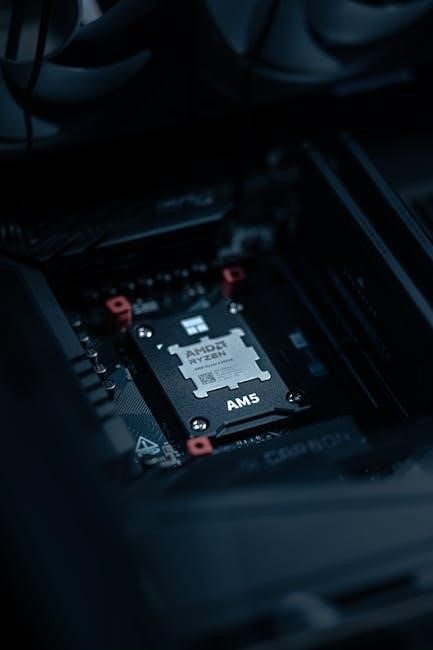
central heating pump installation guide
Central heating pump installation is crucial for efficient heating systems, ensuring warm water circulation, using
guides
and following proper procedures to avoid overheating and shutdowns, with costs varying depending on several factors always․
Importance of Central Heating Pumps
The central heating pump plays a vital role in the overall heating system, responsible for circulating hot water throughout the household, and its failure can lead to overheating and shutdowns, causing inconvenience and potential damage to the system․
The pump’s importance cannot be overstated, as it ensures that heat is distributed evenly and efficiently, providing a comfortable living environment․
In addition, a well-functioning pump helps to reduce energy consumption and lower utility bills, making it a crucial component of any central heating system․
A faulty pump can also lead to increased noise levels, making it essential to address any issues promptly․
Regular maintenance and inspection of the pump can help identify potential problems, allowing for swift action to be taken to prevent more severe consequences․
By understanding the importance of central heating pumps, homeowners can take steps to ensure their system operates smoothly and efficiently, providing reliable heat and comfort throughout the year․
Proper installation and maintenance of the pump are essential to prevent common issues and ensure the system functions as intended․
Cost of Central Heating Pump Replacement
The cost of replacing a central heating pump can vary depending on several factors, including the type and quality of the pump, labor costs, and the complexity of the installation․
On average, the cost of a new pump can range from a few hundred to over a thousand dollars, with installation costs adding to the overall expense․
According to various sources, the total cost of replacing a central heating pump can be between 1,845 and 3,500 dollars, including the cost of the pump and labor․
It’s essential to get quotes from multiple plumbers to compare prices and find the best deal․
Additionally, some plumbers may charge extra for services such as removing the old pump, installing new valves, or testing the system․
Homeowners should also consider the cost of any additional repairs or maintenance that may be required to ensure the new pump functions correctly․
By understanding the costs involved, homeowners can budget accordingly and make informed decisions about their central heating system․
It’s also important to note that regular maintenance can help extend the life of the pump and reduce the need for costly replacements․
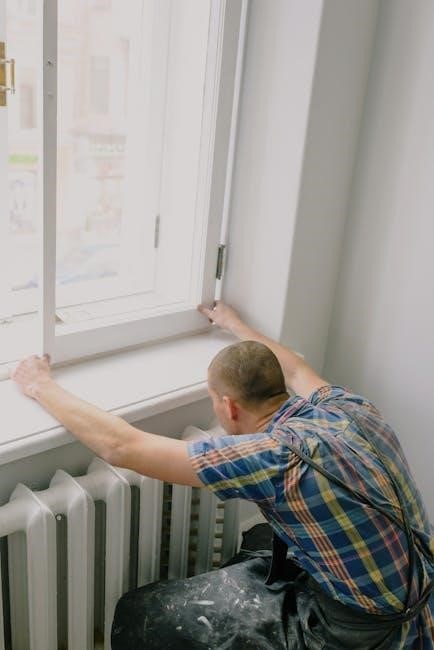
Factors to Consider Before Installation
Several key factors, including system type and size, must be considered before installing a new central heating pump to ensure efficient and effective operation always using proper guides․
Pump Speed and Size
The pump speed and size are crucial factors to consider when installing a central heating pump, as they directly impact the system’s efficiency and effectiveness․ The engineer will assess the system and recommend the appropriate pump speed and size․
It is essential to choose a pump that matches the system’s requirements to ensure optimal performance and prevent issues such as overheating or inadequate heating․
The pump’s speed and size will also affect the system’s energy consumption, with a correctly sized pump providing significant energy savings․
By selecting the right pump speed and size, homeowners can enjoy a warm and comfortable living space while minimizing their energy bills․
Additionally, a properly sized pump will reduce the risk of system breakdowns and prolong the lifespan of the central heating system․
Overall, careful consideration of pump speed and size is vital for a successful central heating pump installation, and homeowners should consult with a qualified engineer to ensure the best results․
Grundfos Pumps
Grundfos pumps are a popular choice for central heating systems, known for their reliability and efficiency․ They offer a range of pumps suitable for different system types and sizes․
Grundfos pumps are designed to provide optimal performance, with features such as high flow rates and low energy consumption․ They are also designed to be compact and quiet, making them suitable for installation in a variety of locations․
The Grundfos range includes pumps with advanced features such as automatic speed adjustment and built-in sensors, which help to optimize system performance and reduce energy waste․
Grundfos pumps are widely used in central heating systems due to their high quality and durability, and are often recommended by engineers and installers․
With a Grundfos pump, homeowners can enjoy a warm and comfortable living space, while also benefiting from reduced energy bills and a lower carbon footprint․
Overall, Grundfos pumps are a reliable and efficient choice for central heating systems, and are well worth considering for any installation or replacement project․
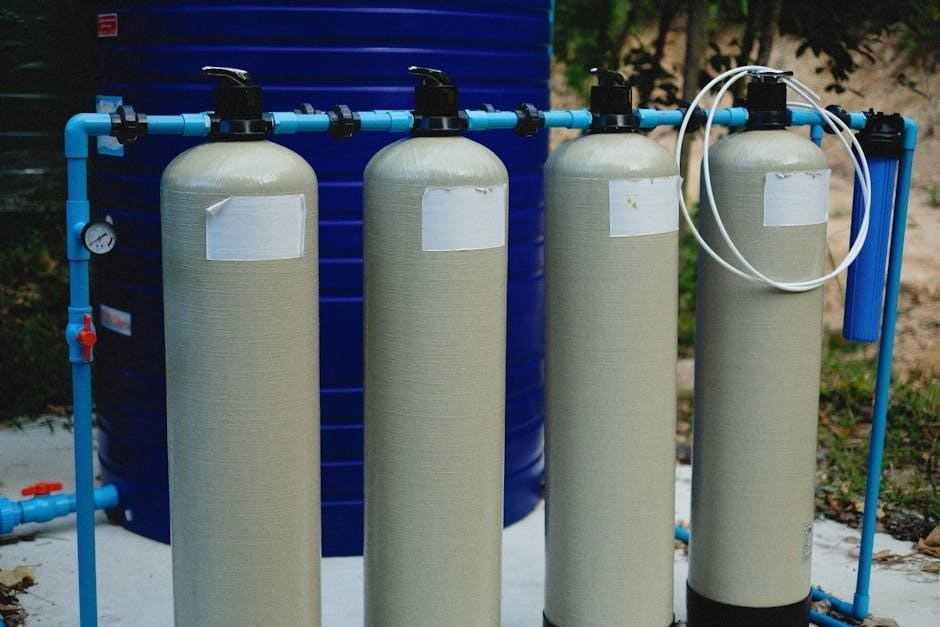
Installation Process
Installation involves several key steps, including preparation, using
specialized
tools, and following safety guidelines always carefully․
Removing the Old Pump
To remove the old pump, start by turning off the power supply to the central heating system, then locate the pump and identify the connections, using a
guide
if necessary․ Carefully disconnect the pipes and wires, taking note of the positions and orientations․ Next, remove any retaining clips or brackets holding the pump in place, and gently pull the pump out of its mounting․ Be prepared for any remaining water to drain out, and have a container ready to catch any spills․ It is essential to follow proper safety procedures when working with electrical and water systems, and consider seeking professional help if unsure․ The old pump can then be disposed of, and the area cleaned and prepared for the new pump installation, following the manufacturer’s instructions and guidelines for a successful replacement․ The process requires patience and attention to detail to ensure a smooth and efficient removal․
Positioning the New Pump
Positioning the new pump is a critical step in the installation process, requiring careful consideration of the system’s layout and configuration․ The pump should be installed in a location that allows for easy access and maintenance, with the arrow on the pump indicating the direction of flow․ It is essential to ensure the pump is level and securely fastened to prevent vibration and noise, using
mounting brackets
or other fixing methods as recommended by the manufacturer․ The pump’s inlet and outlet connections should be aligned with the pipes, and the washers and gaskets should be properly seated to prevent leaks․ The pump’s position may also affect the system’s performance, with some installations requiring the pump to be positioned in a specific location to optimize flow rates and pressure․ By following the manufacturer’s guidelines and taking care to position the pump correctly, a successful and efficient installation can be achieved․ Proper positioning is vital for the overall performance and longevity of the central heating system․

Additional Considerations
Further aspects include system design, pump compatibility, and
energy efficiency
to ensure optimal performance always․
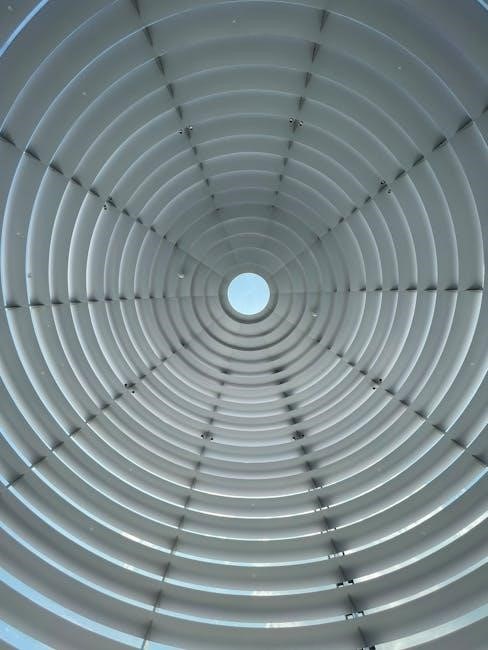
Electronic Circulation Pumps
Electronic circulation pumps are a vital component of modern central heating systems, providing efficient and reliable water circulation․ These pumps use advanced technology to regulate flow rates and pressure, ensuring optimal system performance․ With their high efficiency and low maintenance requirements, electronic circulation pumps are an excellent choice for homeowners․ They are also highly adaptable, suitable for a wide range of system configurations and sizes․ By installing an electronic circulation pump, homeowners can enjoy significant energy savings and reduced heating costs․ Additionally, these pumps are designed to be compact and quiet, making them ideal for installation in residential areas․ Overall, electronic circulation pumps offer a reliable and efficient solution for central heating systems, and their benefits make them a popular choice among homeowners and installers alike, with many manufacturers offering a range of models to suit different needs and budgets, and providing detailed guides for installation and maintenance․
Self-Installation
Self-installation of a central heating pump can be a cost-effective option for homeowners who are comfortable with DIY projects․ With the right tools and knowledge, it is possible to install a new pump without hiring a professional․ The process typically involves turning off the power supply, draining the system, and disconnecting the old pump․ The new pump can then be connected and the system refilled․ It is essential to follow the manufacturer’s instructions and take necessary safety precautions to avoid any damage or injury․ Many online resources and tutorials are available to guide homeowners through the self-installation process․ Additionally, some manufacturers provide detailed installation manuals and customer support to help with any questions or issues that may arise․ By choosing self-installation, homeowners can save money on labor costs and gain a sense of accomplishment from completing the project themselves, with proper planning and execution being key to a successful installation, and ensuring the system functions correctly and efficiently afterwards․
Related Posts
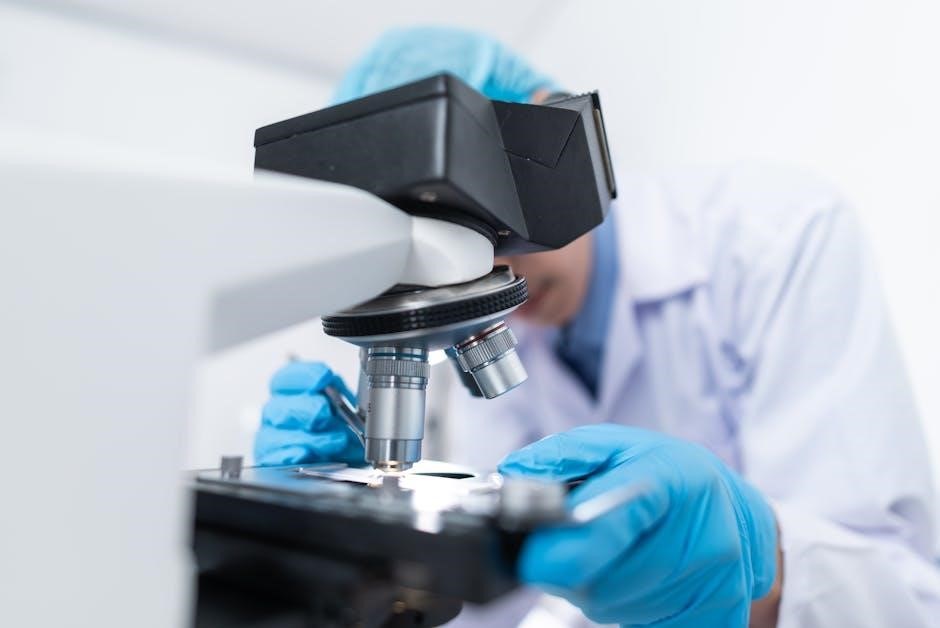
rob holland drug guide
Need reliable drug info? The Rob Holland Drug Guide at ShowLosAngeles.com offers clear, concise details to help you understand medications. Find what you need now!

cata combat rogue guide
Master the Cataclysm expansion with our expert Cata Combat Rogue Guide. Learn powerful tips, strategies, and builds to dominate raids and dungeons. Optimize your rogue now!
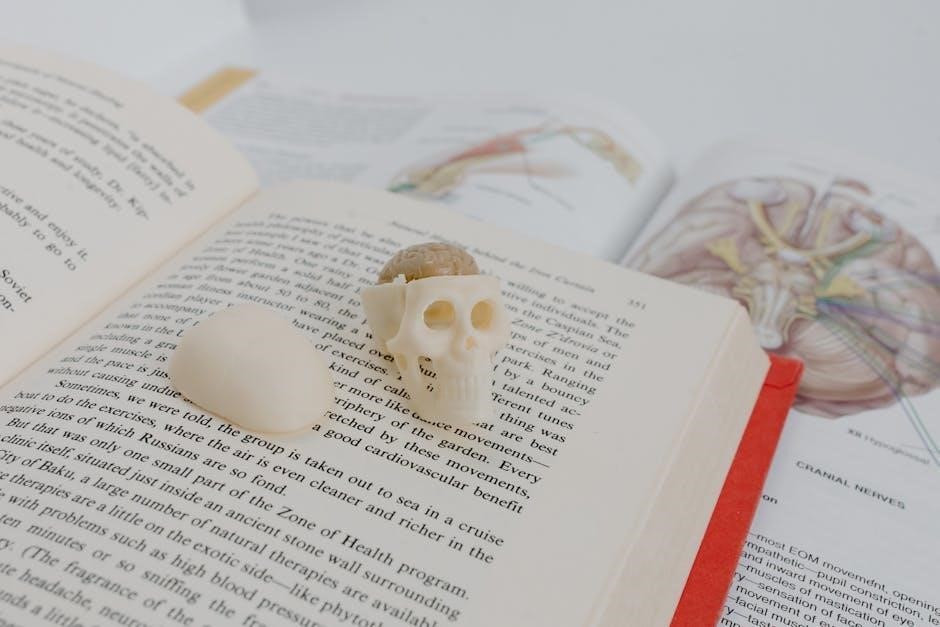
the home lab a photo guide for anatomy
Discover the fascinating world of anatomy through stunning visuals and expert insights. Your go-to guide for learning at home.